A Brief History of the Jeep Wrangler
Think about the most iconic and successful vehicles of all time, and there’s a good chance that the Jeep Wrangler will cross your mind. Ironically, there are very few things that it won’t cross.
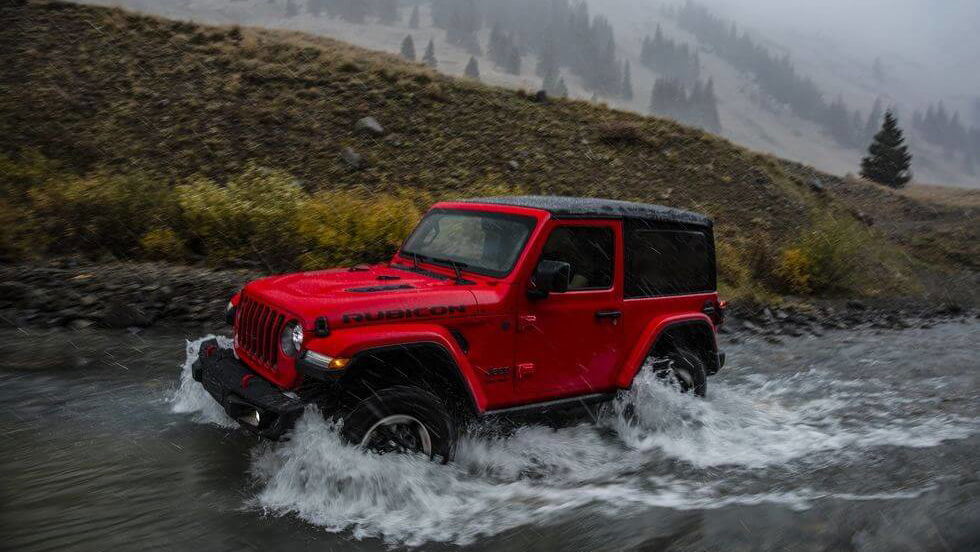
Think about the most iconic and successful vehicles of all time, and there’s a good chance that the Jeep Wrangler will cross your mind. Ironically, there are very few things that it won’t cross. Despite being in production for over 70 years, the Jeep is arguably still the best 4x4 ever made. Considering all of the Land Cruisers, Land Rovers and Hiluxes that have followed in its tracks, the Jeep’s accomplishments only seem that much more incredible.
Brutal Beginnings
The first Jeeps were built in 1941 for military usage during World War II. The US Army’s demands were incredible—they wanted their manufacturers to design and build a replacement light vehicle for their badly inadequate motorcycle-sidecar setups in just 125 days. They were also expected to be compact, lightweight, relatively powerful, incredibly durable, and capable of carrying heavy supplies and munitions. In other words, they wanted someone to pull off an engineering miracle.
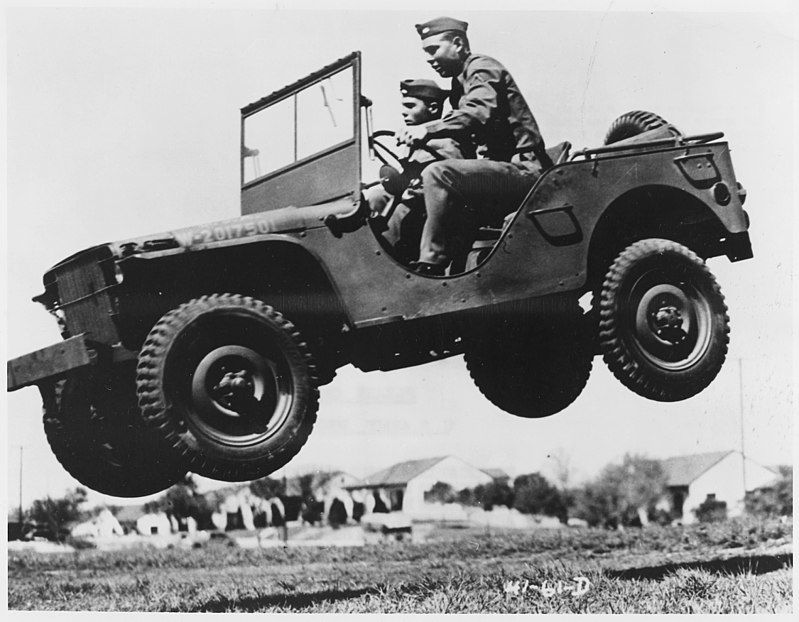
That someone would be the Willys-Overland Motor Company, whose MB prototype ultimately won the contract from the Army. Almost immediately, the demand for the Willys MB was so great that they had to get the help of Ford just to keep up with the military’s needs. Not surprisingly, the Willys MB was an instant hit with the troops. They affectionately nicknamed it after Eugene the Jeep, a mysterious animal in the popular Popeye comic strip that could walk on walls and seemingly teleport from one place to another. As far as soldiers were concerned, their 4x4 Jeeps could do the same thing.
Coming Home: The CJ
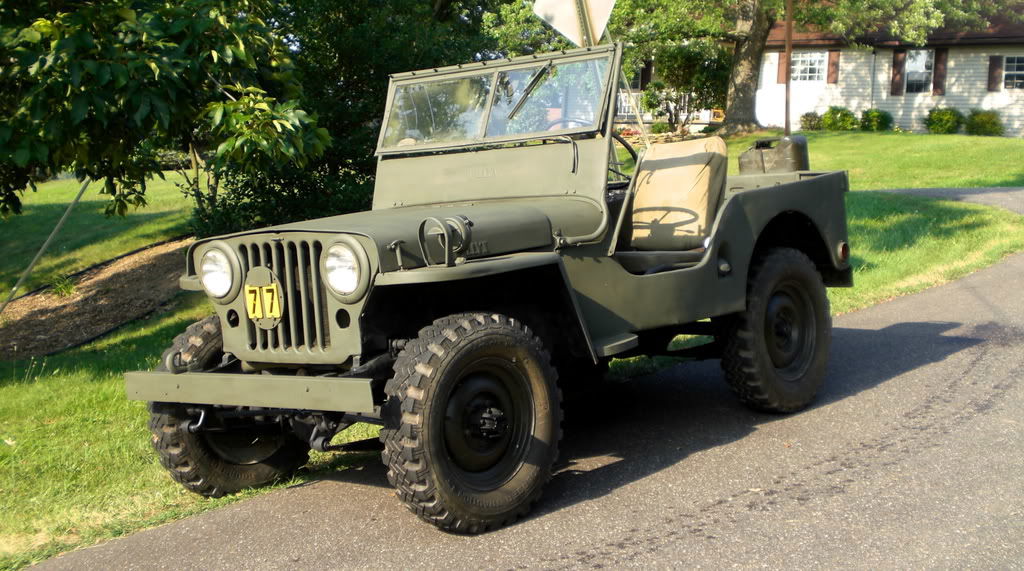
It goes without saying that the soldiers of World War II experienced many things that they hoped they would never, ever have to experience again. However, it appeared that the Jeep was an exception. Many troops were so impressed by the Jeep’s sheer versatility that Willys saw a real demand for them in the civilian market. So, in 1945, Willys began building the first mass-produced “Civilian Jeep”, the CJ-2A. Powered by the same “Go-Devil” four-cylinder engine found in military Jeeps, the CJ-2A was nearly identical to the army Jeep. In fact, the only noticeable difference between the two was the front end—the CJ-2A was equipped with bigger headlights and a smaller, 7-slot grille.
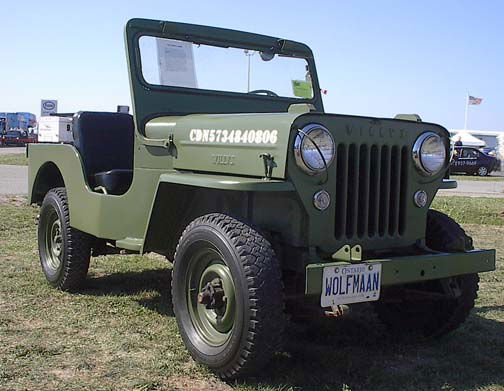
The original Willys Jeep would evolve ever so slightly in the years to come. The CJ-3A replaced the 2A in 1949, and the 3B replaced the 3A in 1953. By now, the Willys Jeep was so popular that people from all over the world the world wanted one. Even though it was primarily intended for farm and industrial use, the Jeep was so tough that it was a popular mode of transport in unforgiving environments. In fact, Mitsubishi began producing a licensed version of the CJ-3B in 1953, and it was so successful in Asian markets that they kept building it until 1998!
CJ-5: The Jeep’s First Big Evolution
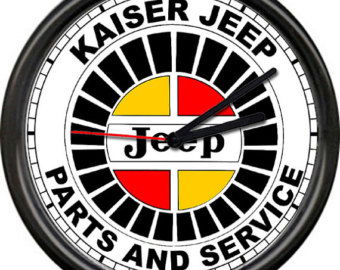
1953 brought in a lot of changes for the Jeep. That year, the Willys-Overland Motor Company merged with Kaiser Motors, a struggling Michigan-based car manufacturer. During this time, the Korean War was raging on, and American troops were using a new type of military Jeep: the Willys M38A1. The management from Kaiser insisted on replacing the CJ-3B with a civilian version of the M38A1, but the people from Willys didn’t want to risk replacing their only successful vehicle with something unproven. Ultimately, the newly-formed company decided to build both of them, and the civilianized M38A1 would eventually become one of the most important Jeeps in company history. You might know it better as the CJ-5.
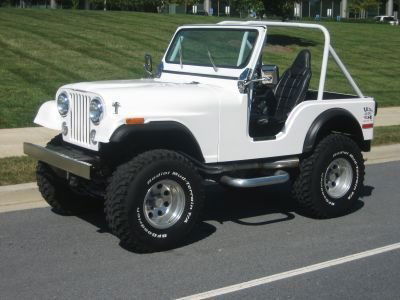
Built from 1954 to 1983, the CJ-5 was such a smash hit with consumers that the Jeep brand of today might never have existed as we know it. In its first decade of existence, the CJ-5 shared much in common with the CJ-3B, including the same four-cylinder engine. However, things began to change in the mid 1960s, when Kaiser-Jeep began stuffing a Buick V6 engine under the hood. That more than doubled the CJ-5’s power output, making it far more enjoyable on the pavement. When AMC bought Kaiser-Jeep in 1970, they gave the CJ-5 one of their straight-six engines; and even sold it with an optional 304 C.I.D. V8. This undoubtedly helped make the Jeep about as popular in Beverly Hills as it was in the Bolivian jungle.
The End of the CJ Era
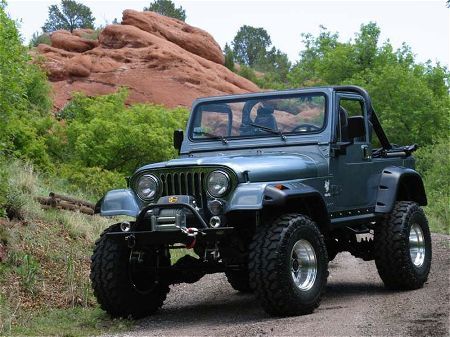
After 1970, AMC ditched the Kaiser marque and turned Jeep into its own brand. By this time, Jeep had expanded its portfolio to include other models such as the Jeepster Commando, the luxurious Wagoneer, and the Gladiator and J-Series pickup trucks. The introduction of the longer-wheelbase CJ-7 in 1976 brought even more life to the Jeep brand. Yet, despite Jeep’s clear success in the market, the rest of AMC was in trouble. They were never as popular as the “Big 3” American brands to begin with, and had started dragging their feet in the early 1980s.
Even Jeep began having some problems at this time. Skyrocketing fuel prices contributed to a drop in sales as consumers turned to more economical vehicles. Worse still, CJ sales were hurt by a December 1980 episode of the American newsmagazine program 60 Minutes. The show claimed that the CJ-5 was far more susceptible to rollovers than other 4x4s on the market, and displayed a CJ-5 rolling over while doing 20 MPH on flat tarmac. Although it was later determined that the show’s tests grossly inflated the CJ-5’s rollover risk, the damage was already done. The CJ-5 ended a nearly 30-year production run in 1983, and the CJ-7 followed 3 years later.
The Wrangler Era Begins
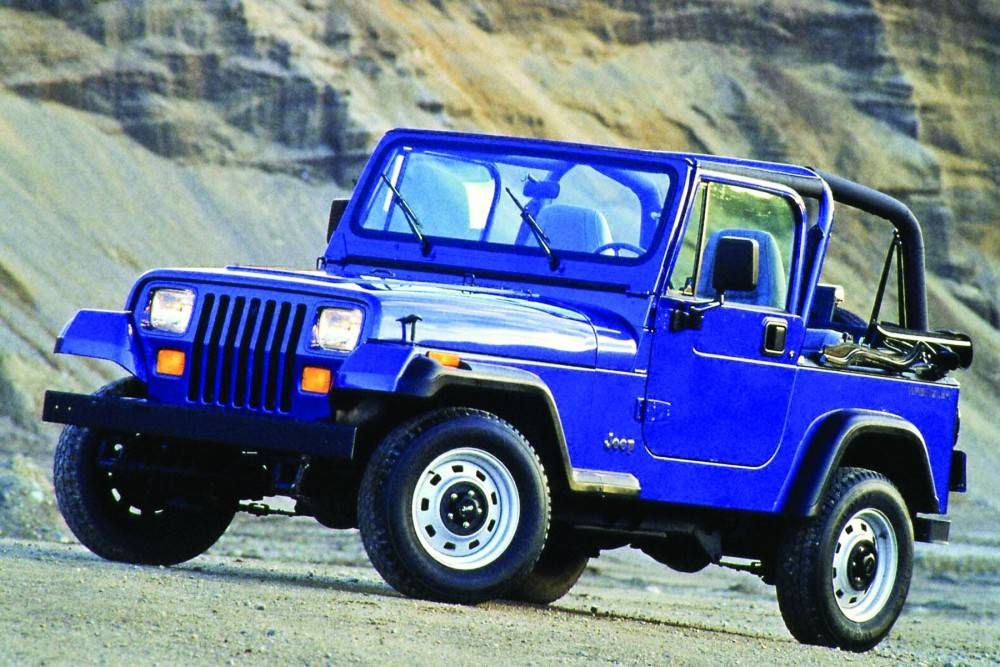
After the CJ-5 ceased production, Jeep’s parent company, AMC, was essentially on life support. A failing partnership with Renault was putting them on the road to bankruptcy, and Jeep’s future was far from certain. Fortunately, the brand’s value was boosted by the wildly popular XJ Cherokee, which some believe spawned the SUV craze that continues to this day. When AMC finally bit the dust in 1987, Chrysler bought out the company’s the Jeep and Eagle brands. However, before going out of business, AMC would make the biggest change the humble Jeep had ever seen by far.
The CJ-7’s successor was put on sale in early 1986, and it was so heavily redesigned that Jeep doesn’t even consider it to be a descendent of the original CJ. However, for all intents and purposes, the YJ Wrangler still looked like a Jeep. Although you could still remove the doors and fold the windshield down, the YJ was designed and engineered to be practical and comfortable on the streets. Despite softening up, though, the YJ was still a savage beast off-road. Powered by either a 2.5-litre four-cylinder or the old AMC straight-six, the Wrangler became a clear winner for Chrysler as a whole.
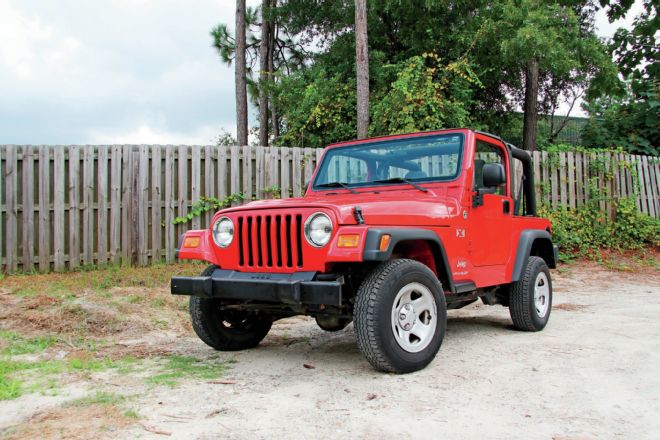
In 1997, the Wrangler received its first major redesign. This model, codenamed TJ, received a coil-spring suspension setup instead of the leaf springs found on the CJ and YJ. In 2004, Jeep introduced the Wrangler Unlimited, which was an extended-wheelbase version of the TJ. However, it lasted just two years before the TJ ended production in 2006.
The 21st Century Wrangler
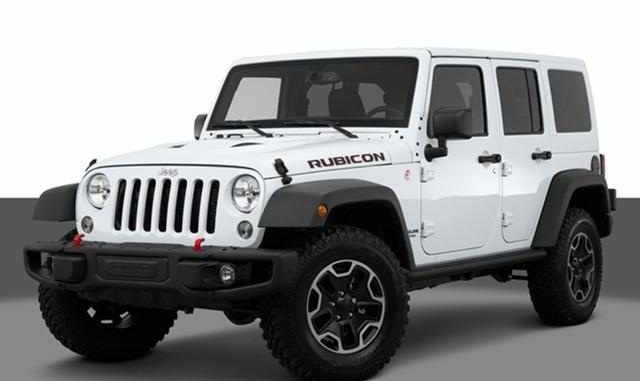
In 2007, the JK Wrangler was put on sale. This was the most significant overhaul of the Wrangler to date, as it continued the push to compete with the ever-growing class of soft-roaders and crossovers. Although the JK received a brand-new 3.8-litre V6 engine, the biggest change was to the Unlimited model, which got an even longer wheelbase and two rear passenger doors (which can be removed, of course). However, pleasing the urban explorer resulted in no penalty to the Wrangler’s spectacular off-road capabilities. A refresh in 2012 gave the JK more luxurious interior materials, modern technology, and the powerful 3.6-litre V6 from the Grand Cherokee.
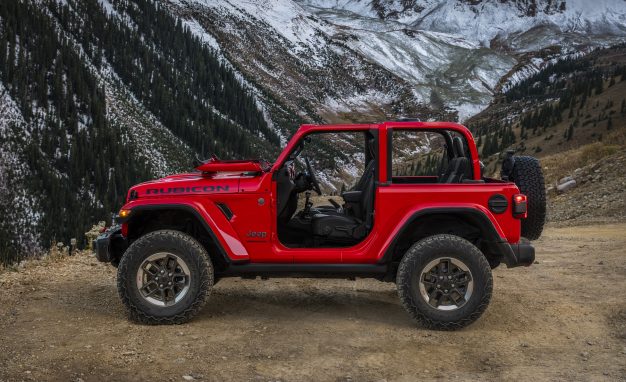
Not long ago, that’s where this story might have ended. However, as you may have seen in the news, the all-new 2018 Wrangler has just been released, and it looks like it will continue the trend started off by the 1941 Willys MB. After all, the more things change, the more things stay the same. And that’s certainly not a bad thing at all for the greatest 4x4 of all time.
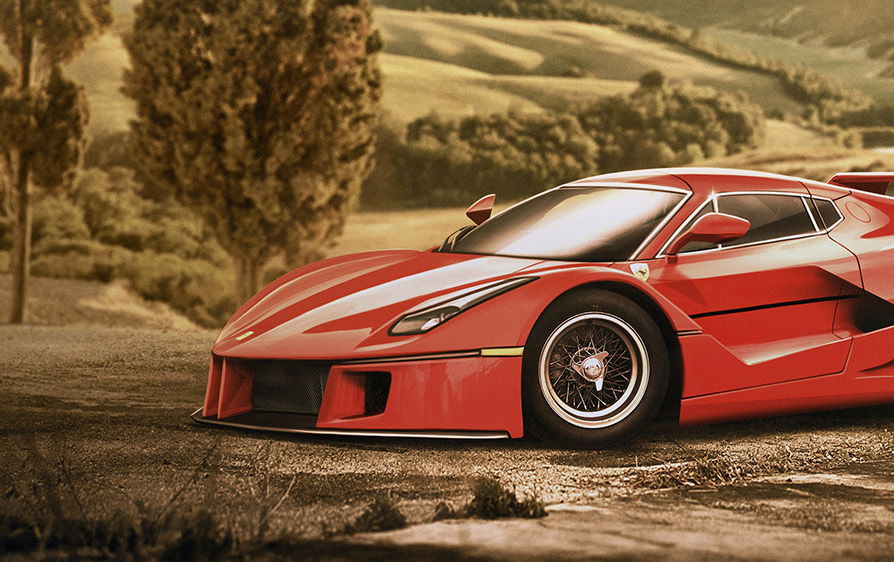




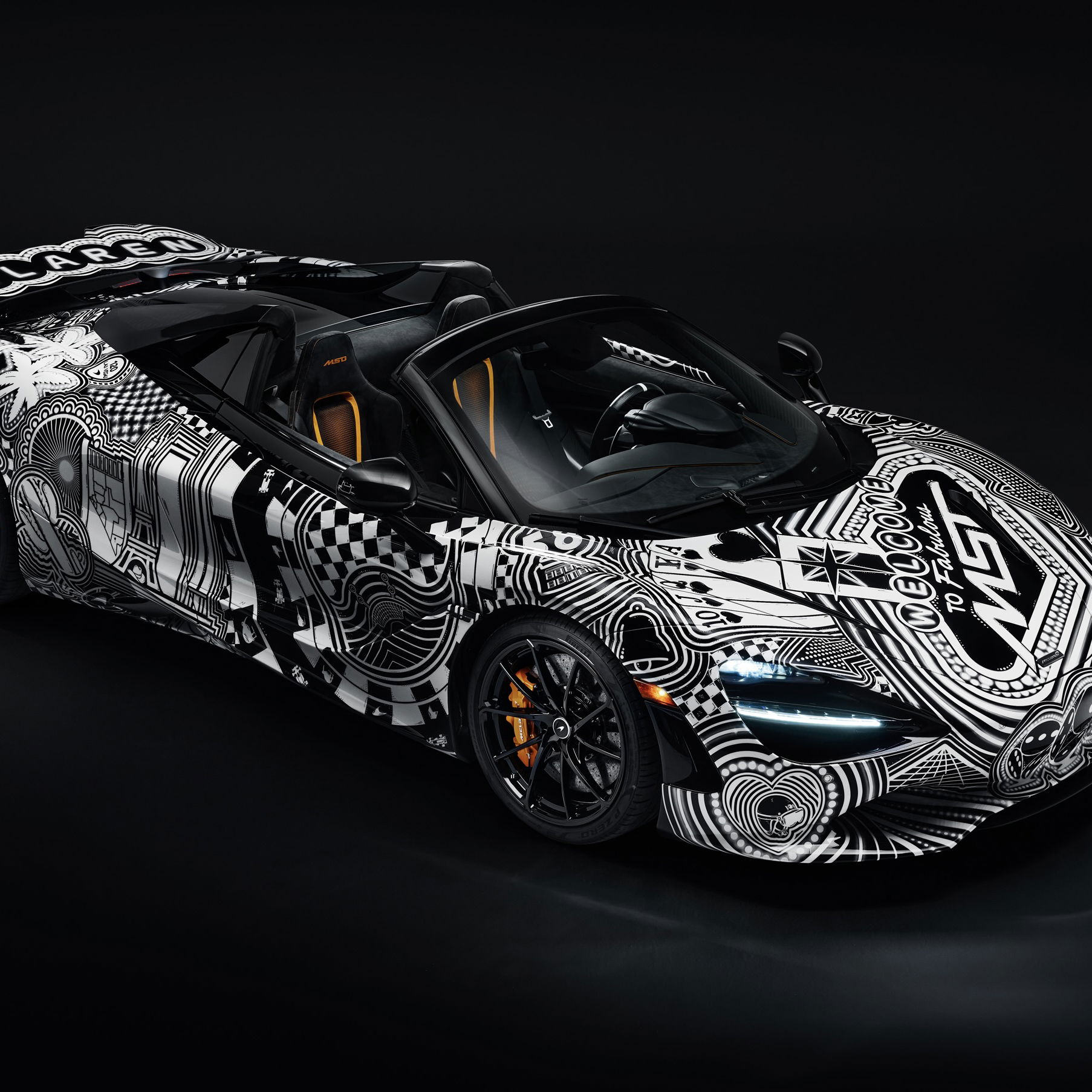
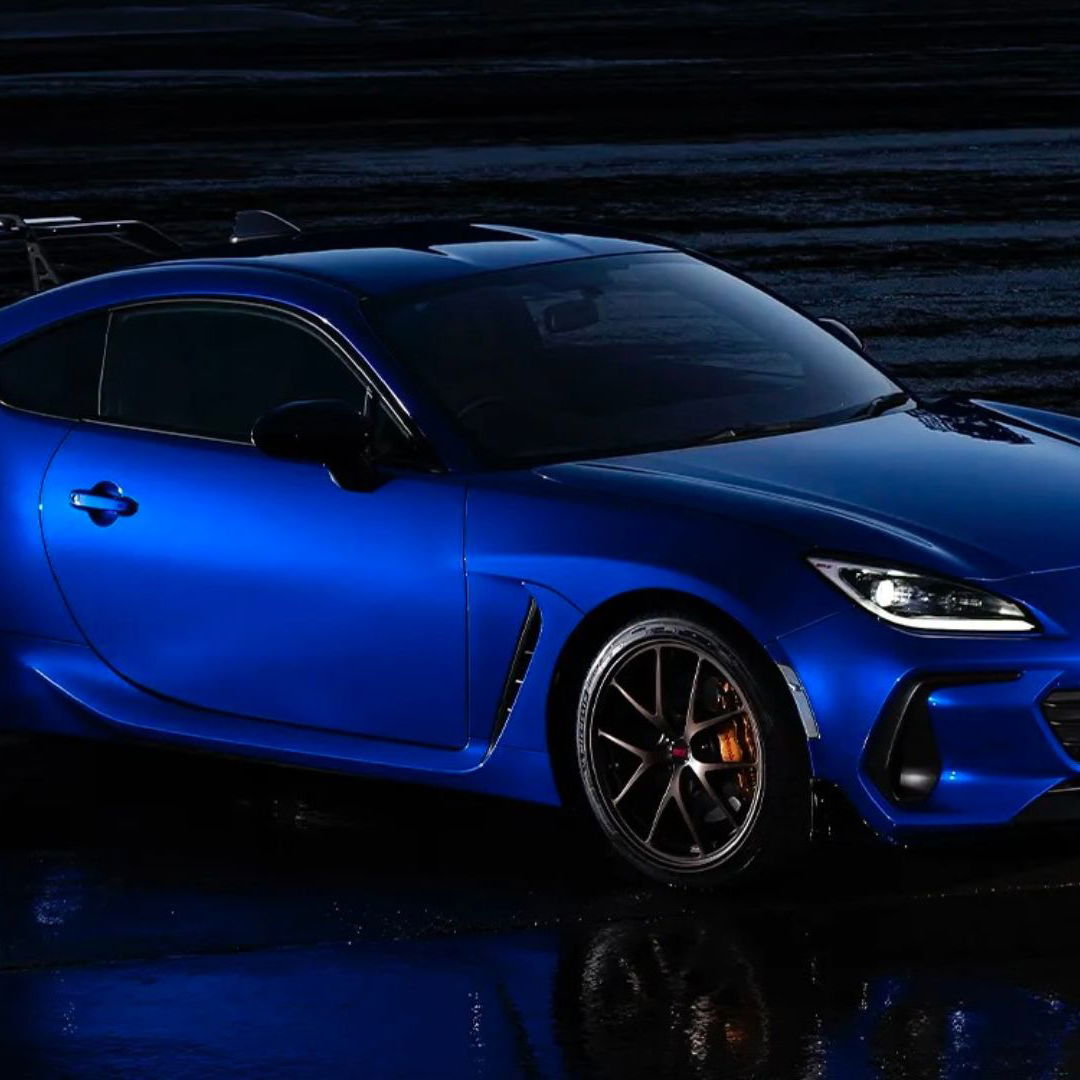
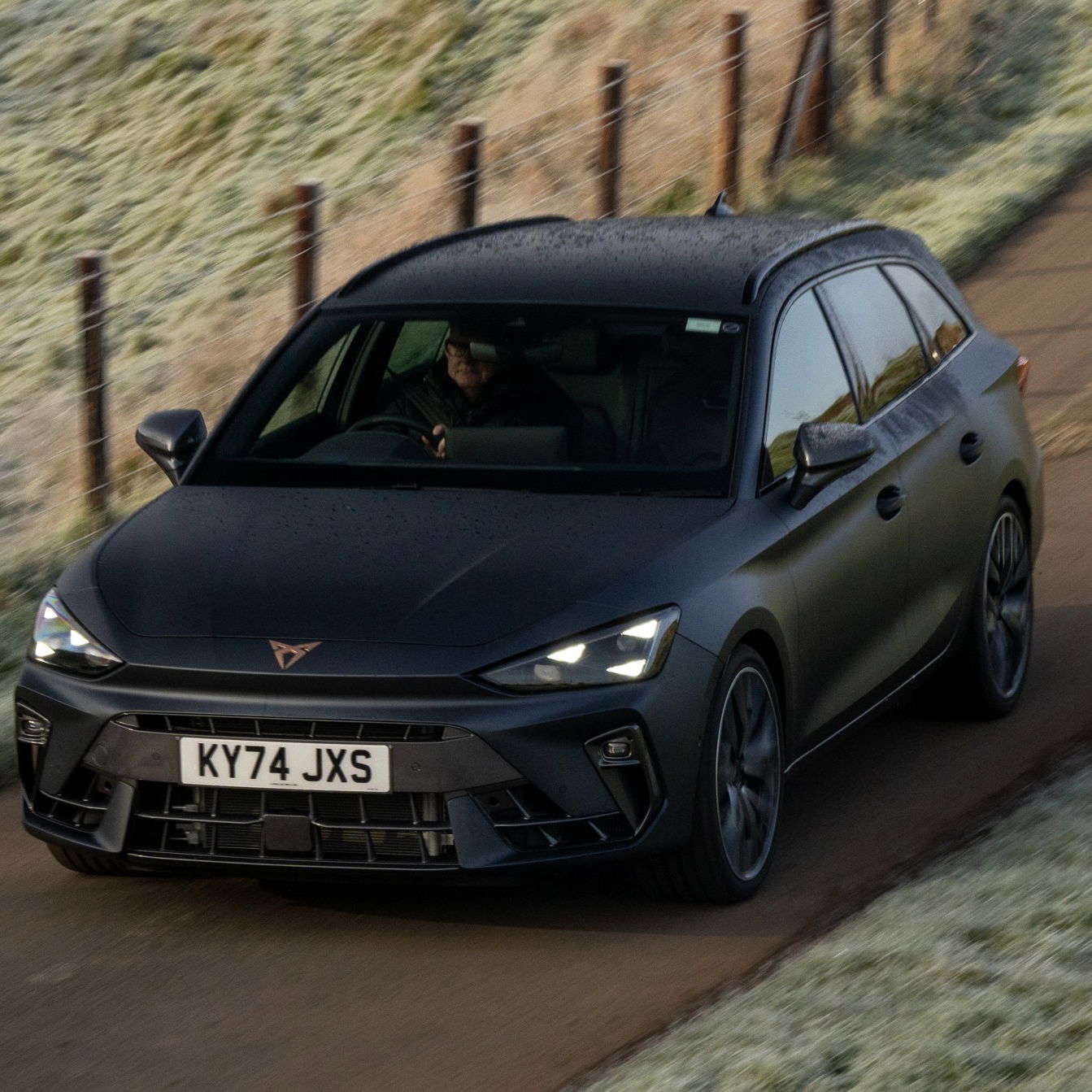
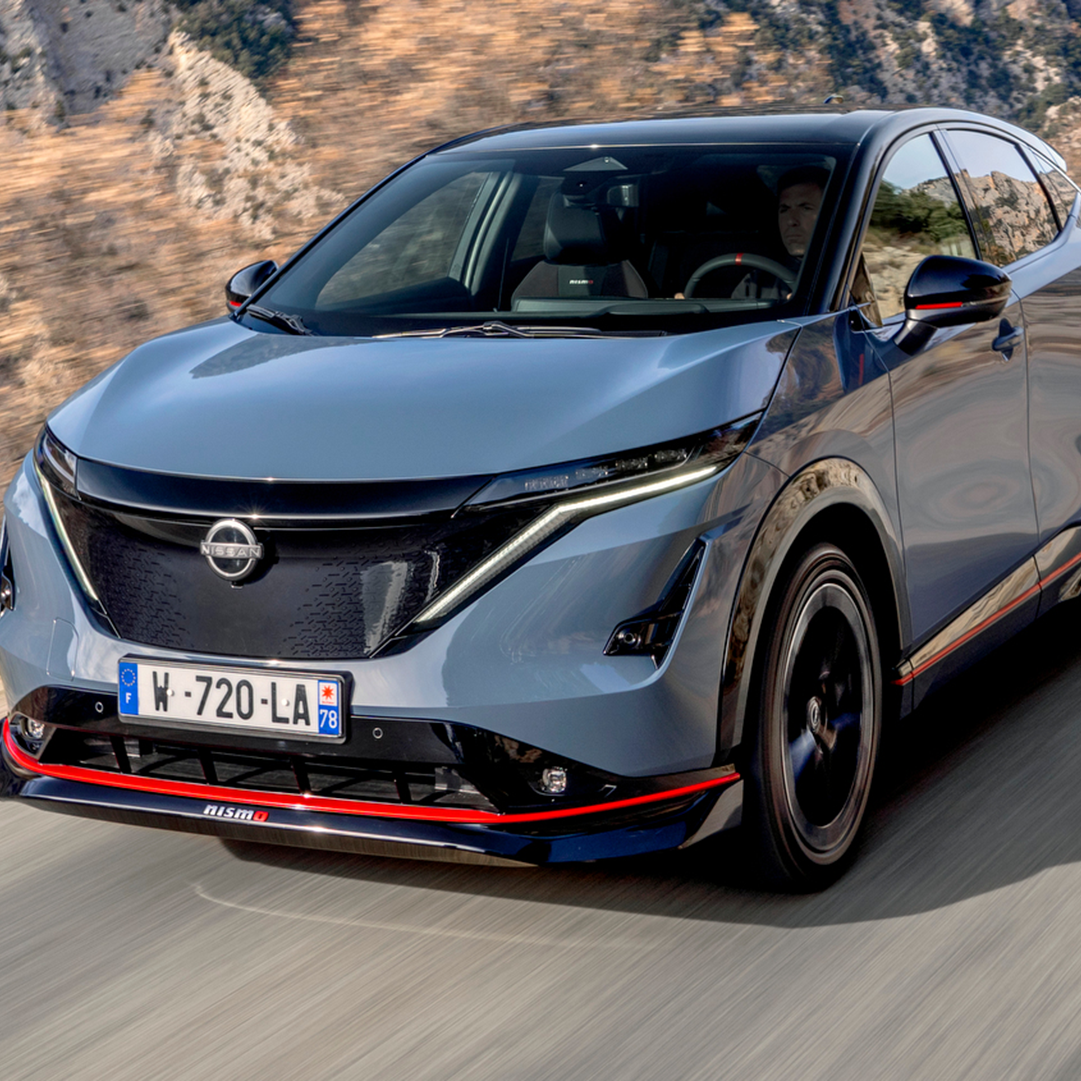
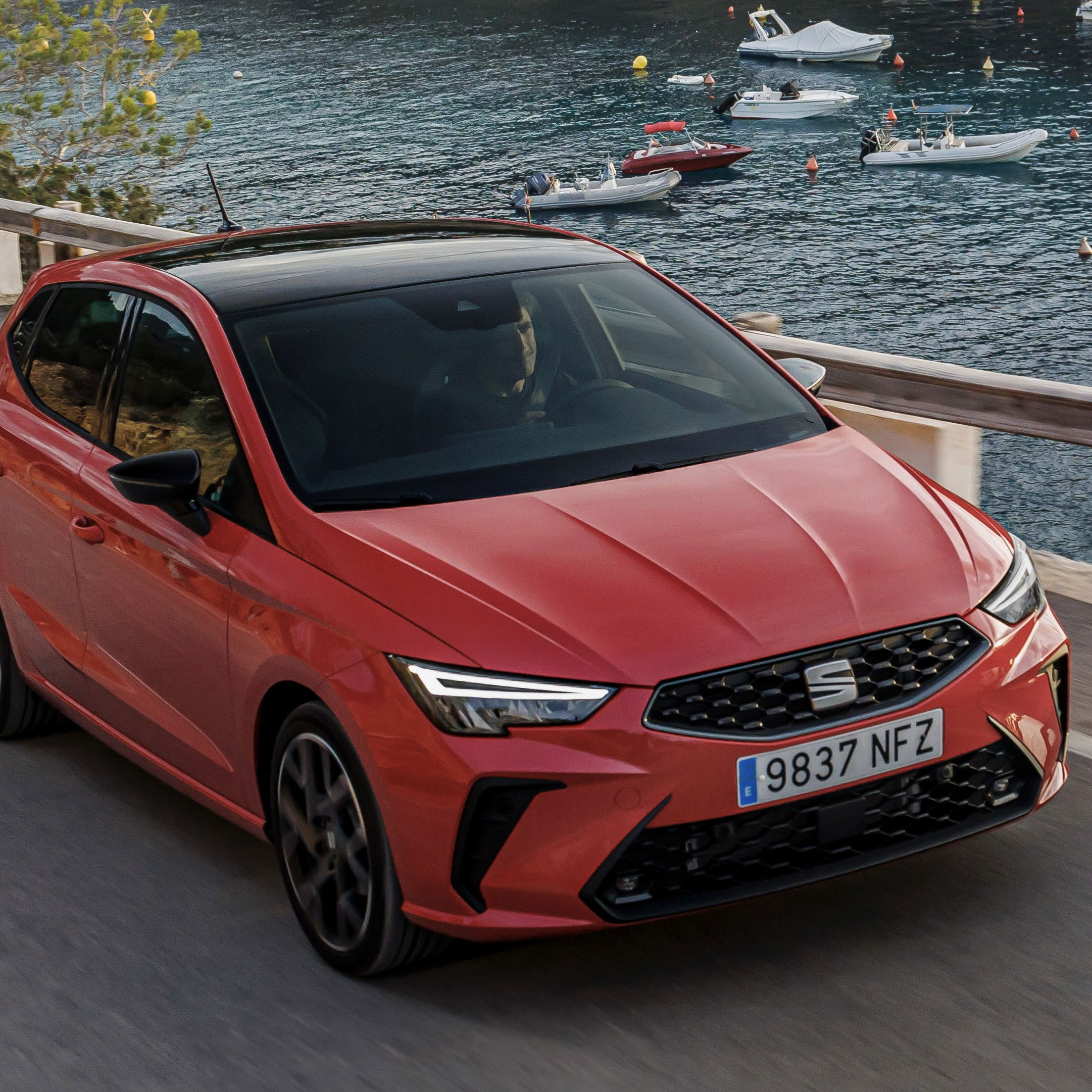

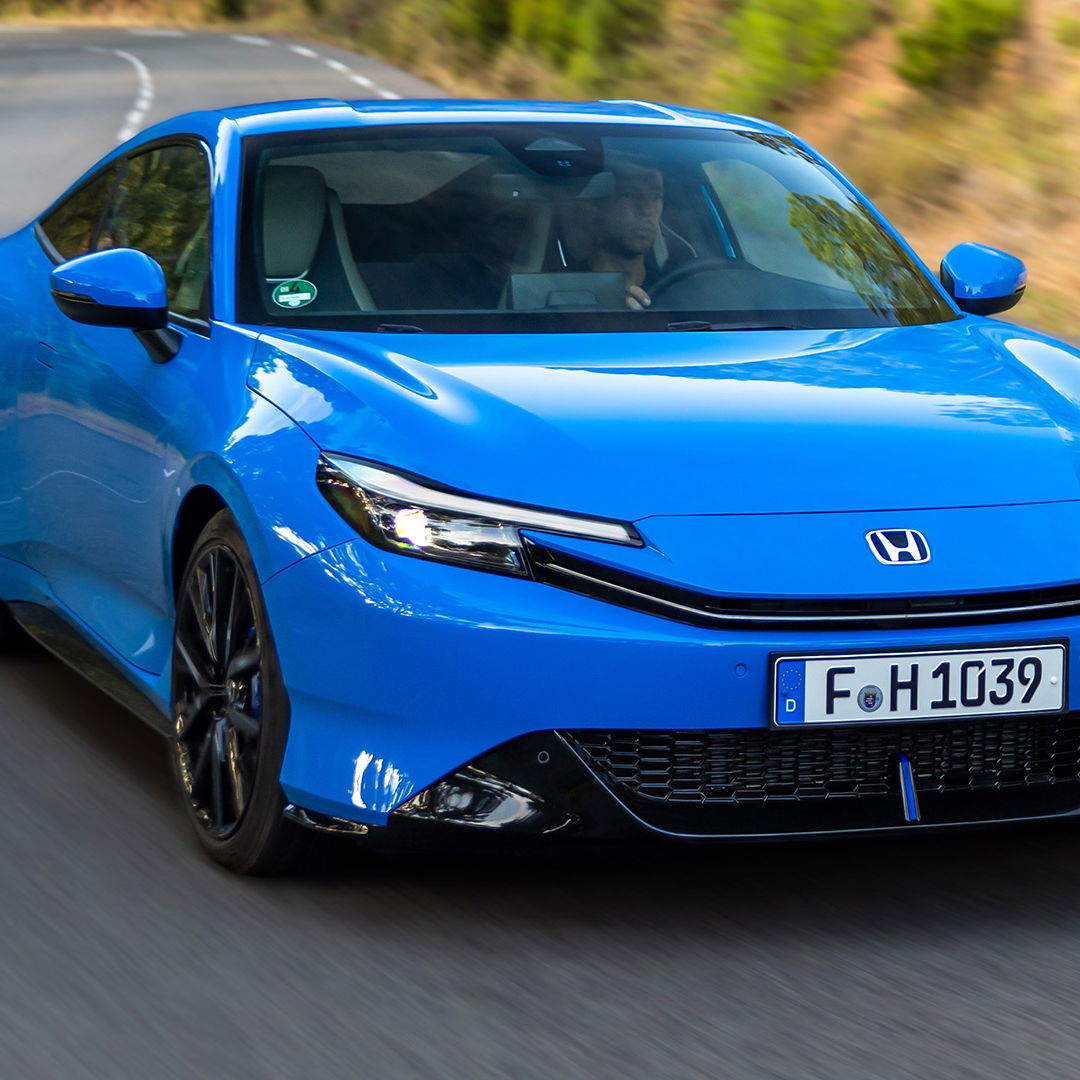
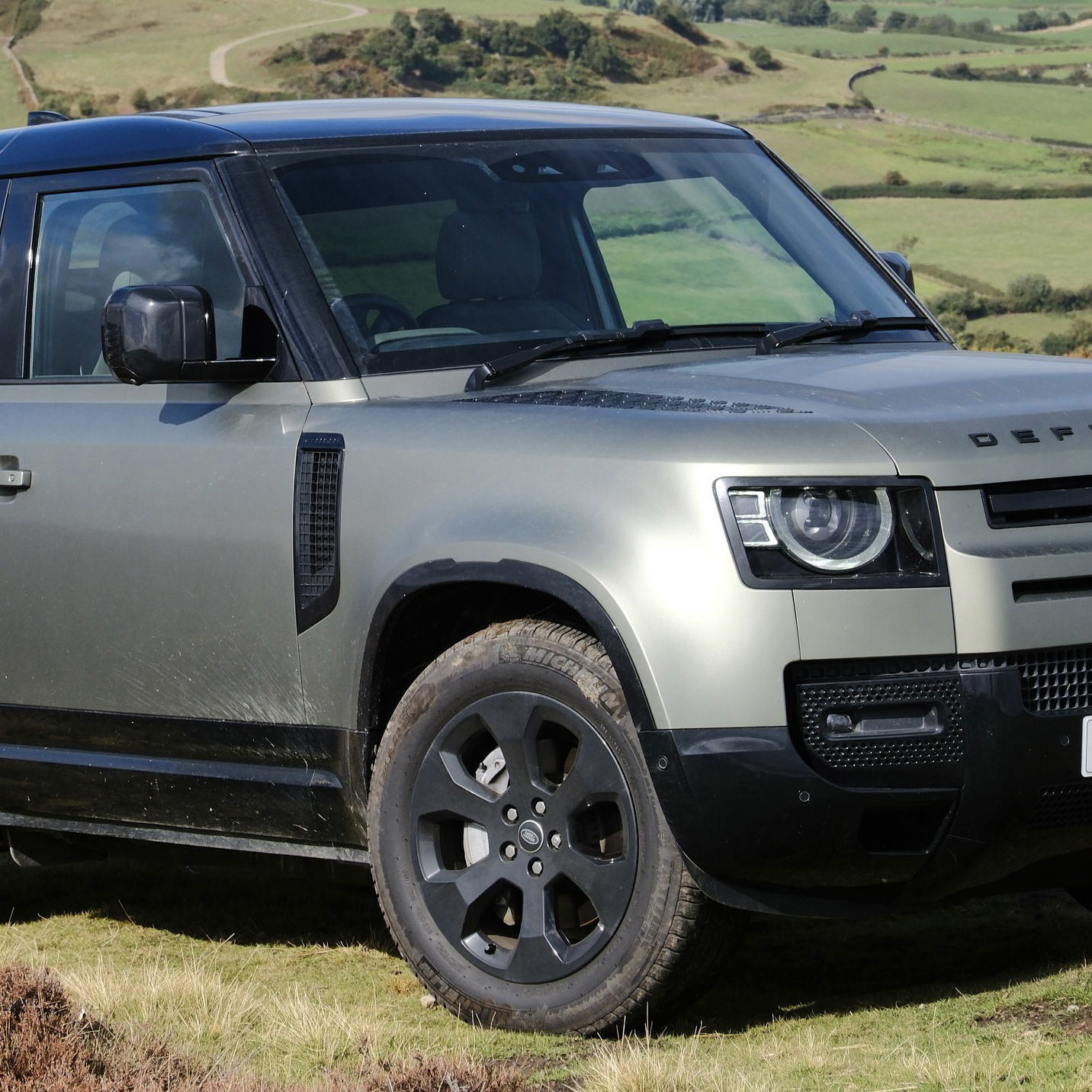
Comments
“You’re not driving a Jeep unless you’re driving a tent” -Dad
For some time, I really didn’t care about Jeep, until I saw this truck in a certain 90s sci-fi horror film.
I have a question: does the site only limit you to have five headings? (I forget what their actual names are.)
Pagination